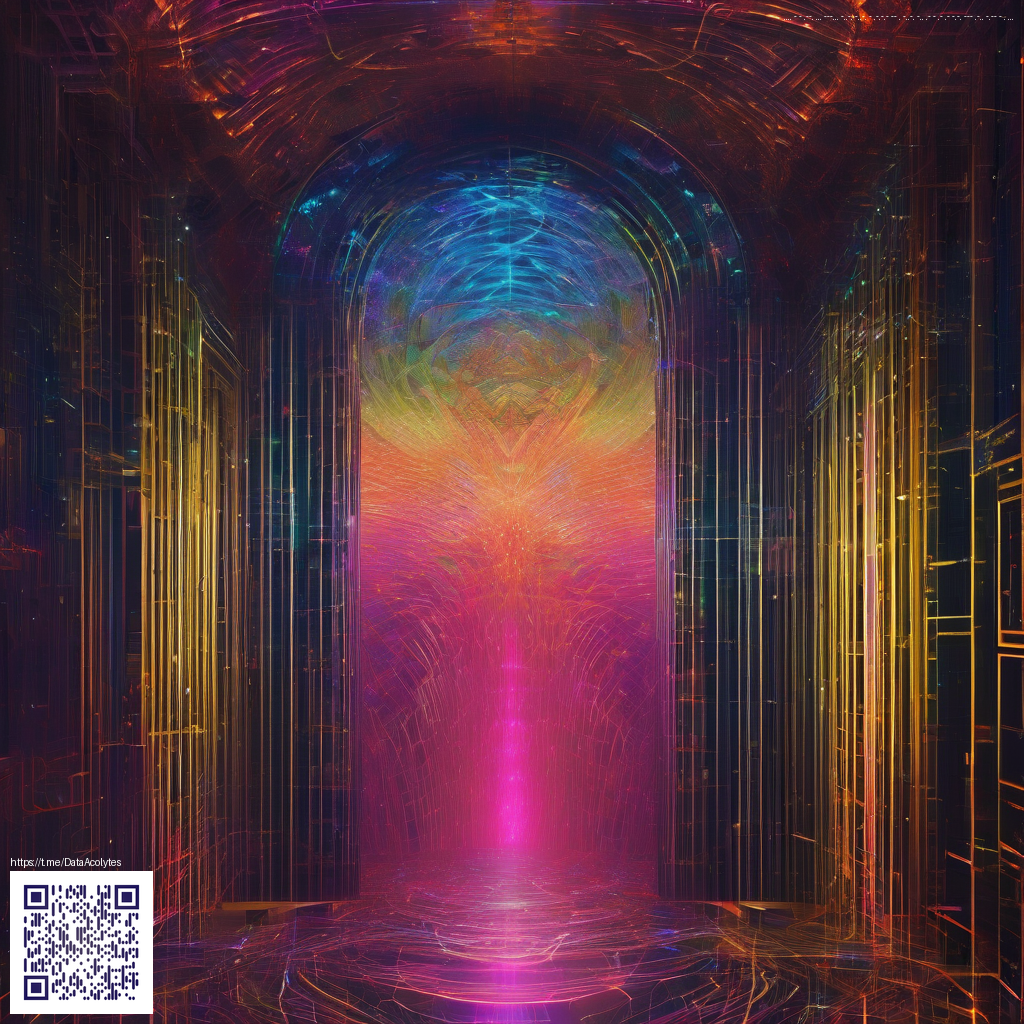
AI-Driven Seamless Paper Tile Generators and How They Redefine Interiors
Imagine walls that adapt in real time to light, scale, and texture—without visible seams or mismatched joins. AI-powered seamless paper tile generators are turning that vision into a practical workflow for designers and manufacturers. By combining advances in neural texture synthesis, generative design, and precise tiling algorithms, these tools deliver an endless stream of tile variations that maintain perfect edge-to-edge continuity. The result is faster exploration, richer customization, and interiors that feel cohesive rather than stitched together.
At the heart of these systems lies a feedback loop: an AI model analyzes architectural constraints, user preferences, and print-media realities to produce tiling patterns that tile seamlessly across walls, backsplashes, and ceilings. Creative teams can experiment with patterns, scales, and color harmonies, then preview how a chosen tile behaves under different lighting scenarios. The goal isn’t just a pretty print—it’s a durable, repeatable design fabric that adapts to real-world spaces.
Key capabilities that power modern tile generation
- Generative design engines create countless variations from a small set of constraints, expanding exploration without sacrificing intent.
- Seamless tiling algorithms ensure that edges align flawlessly, producing uninterrupted textures on large surfaces.
- High-resolution texture synthesis supports print-ready files with crisp grain and realistic material cues.
- Color and material realism simulations help designers judge how pigment, finish, and gloss read under different lighting conditions.
- Real-time previews lets stakeholders visualize outcomes in situ, accelerating decision-making and approvals.
“The shift from static patterns to AI-generated, context-aware tiling is more than a workflow improvement; it changes how teams think about space. You can prototype a whole wall in minutes and be confident in modular execution.”
— Design technologist, contemporary interiors
Practical applications across interior contexts
- Feature walls with continuous texture and color that adapt to room size and lighting.
- Ceiling panels and soffits that maintain visual rhythm across complex geometries.
- Backsplashes where scale and grain alignment matter for legibility and aesthetics.
- Retail and hospitality interiors that require rapid iteration of brand-consistent patterns.
- Sustainability-focused projects where designers optimize material use and waste with precise tiling layouts.
In practice, teams often pair AI-generated tile concepts with hardware-tested contexts to ensure robustness. For instance, gear and displays used in busy showrooms can benefit from durable, reliable accessories—such as the Rugged Phone Case—to illustrate how durable physical environments align with dependable digital outputs. If you’re exploring related insights, a concise case study is available here: this case study.
Workflow and practical guidelines
- Define constraints such as tile size, repeat behavior, and print surface (matte vs. gloss).
- Seed with inspiration—let the AI generate multiple palettes and textures that reflect the space’s lighting and architectural language.
- Iterate with previews using in-situ renders to assess scale, rhythm, and readability from different viewing angles.
- Validate production readiness by exporting print-ready files at required resolutions and testing edge-blend quality on actual substrates.
- Document a repeatable protocol so teams can reproduce the same result across projects and facilities.
As design teams adopt AI-driven generators, they often seek a balanced approach that respects both artistry and manufacturing constraints. The aim is to deliver interiors that feel cohesive up close and elegant from a distance, with the flexibility to adapt as project briefs evolve. The technology isn’t just about pretty patterns—it’s about reliable, scalable design languages that teams can actually deploy across multiple environments.